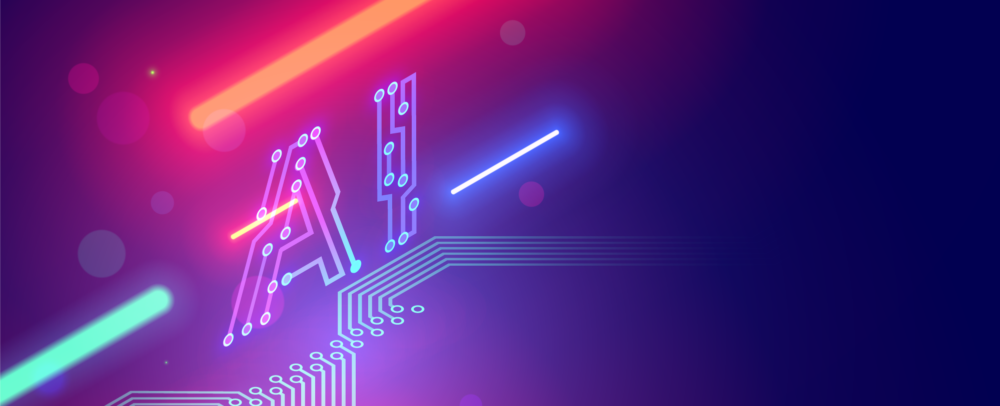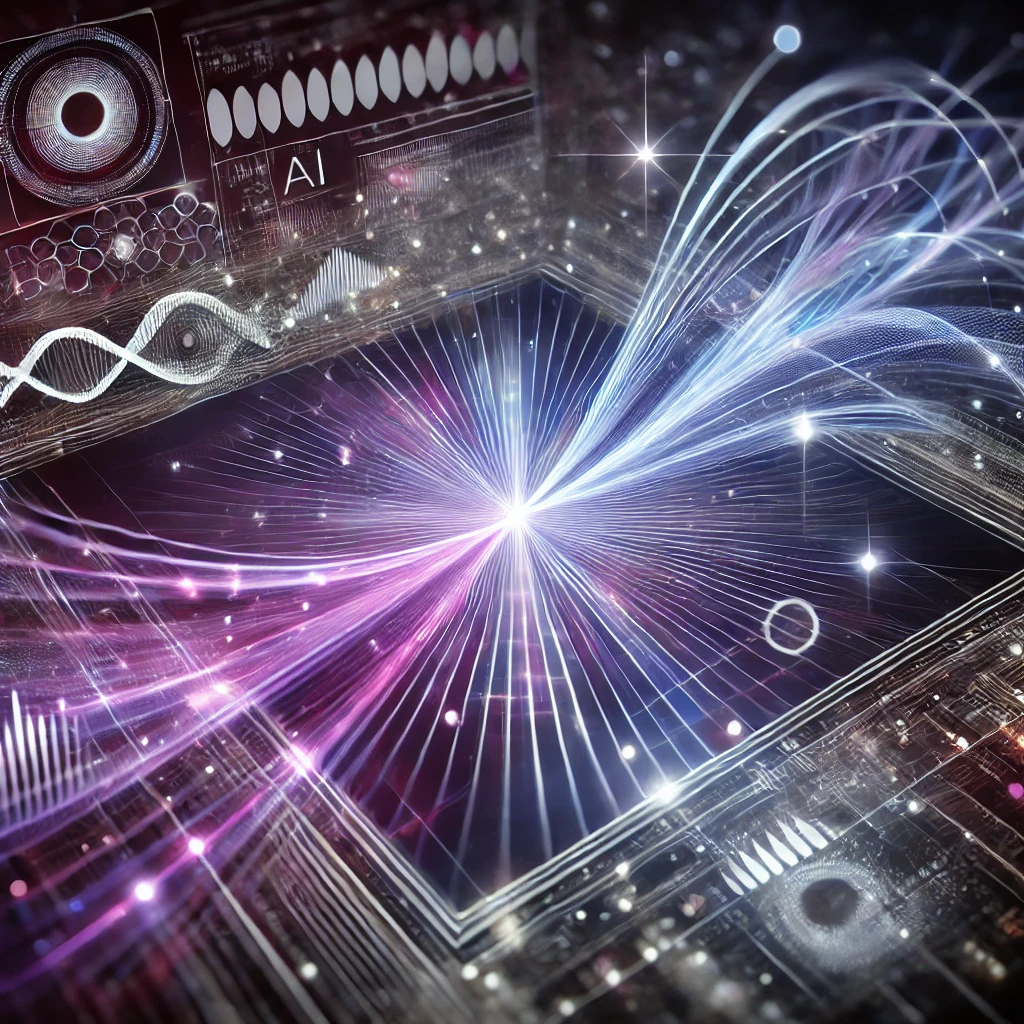In a remarkable twist, physicists have leveraged artificial intelligence to uncover a simpler method for creating quantum entanglement between distant photons. This groundbreaking approach eliminates the need for pre-entangled pairs, Bell-state measurements, and even the detection of all ancillary photons, upending long-held assumptions about quantum networking.
The Role of AI in Revolutionizing Quantum Physics
The discovery came from PyTheus, an AI tool initially programmed to reproduce established entanglement-swapping protocols. Instead of merely replicating existing methods, PyTheus identified a novel, simplified pathway to entangle independent photons. The AI suggested relying on the indistinguishability of photon paths, bypassing the traditional need for more complex setups.
Key Innovations in the Method
- No Pre-Entanglement Needed: Unlike conventional protocols, this method doesn’t require starting with entangled photon pairs.
- Simplified Measurements: Bell-state measurements are avoided, streamlining the process significantly.
- Indistinguishability as a Tool: The approach relies on photon path indistinguishability to achieve entanglement, a method previously underestimated.
Implications for Quantum Networking
This advance reduces the complexity of building quantum networks, potentially accelerating the development of secure quantum communication and distributed quantum computing. By challenging entrenched notions about what’s required to generate entanglement, the discovery sets the stage for a more accessible and scalable quantum future.
The Synergy of AI and Physics
The unexpected contribution of PyTheus underscores the transformative potential of AI in scientific discovery. As researchers increasingly integrate AI into their workflows, such breakthroughs highlight the role of machine intelligence in pushing the boundaries of human understanding.





